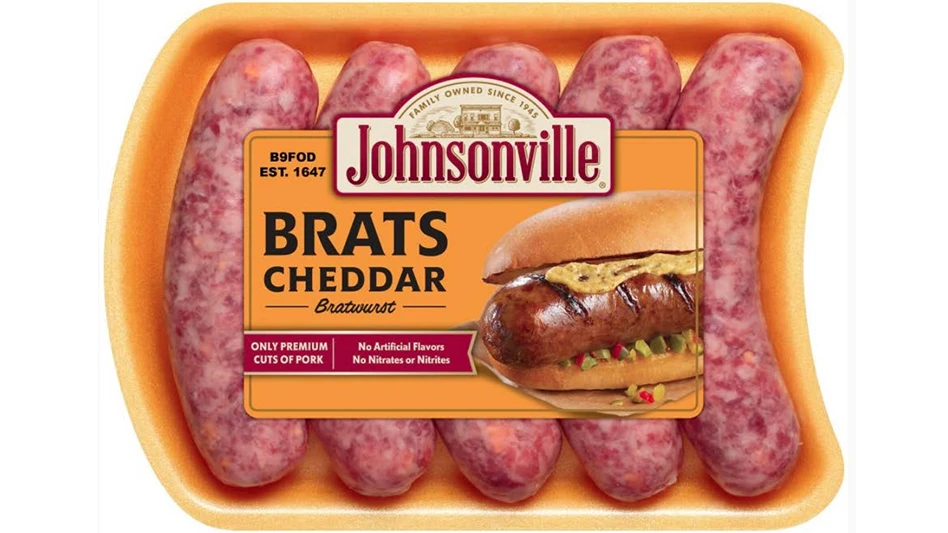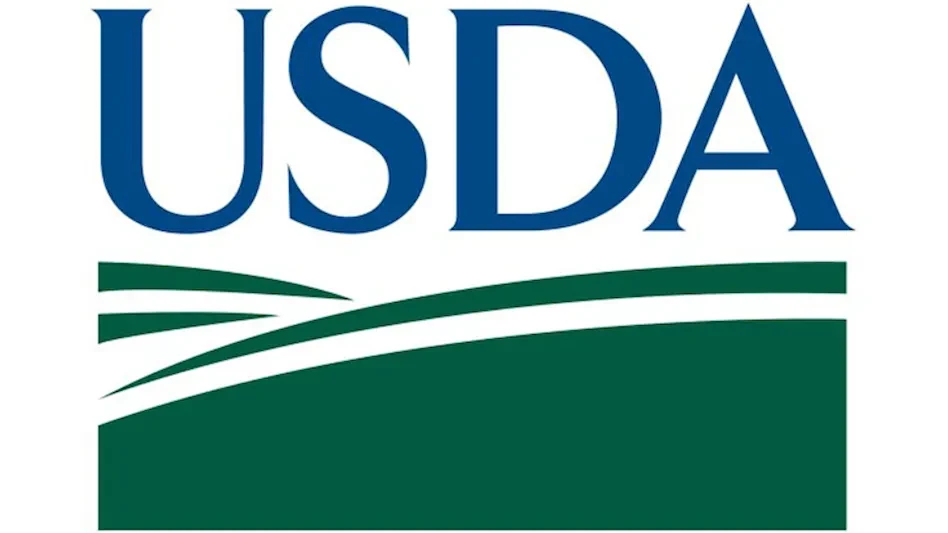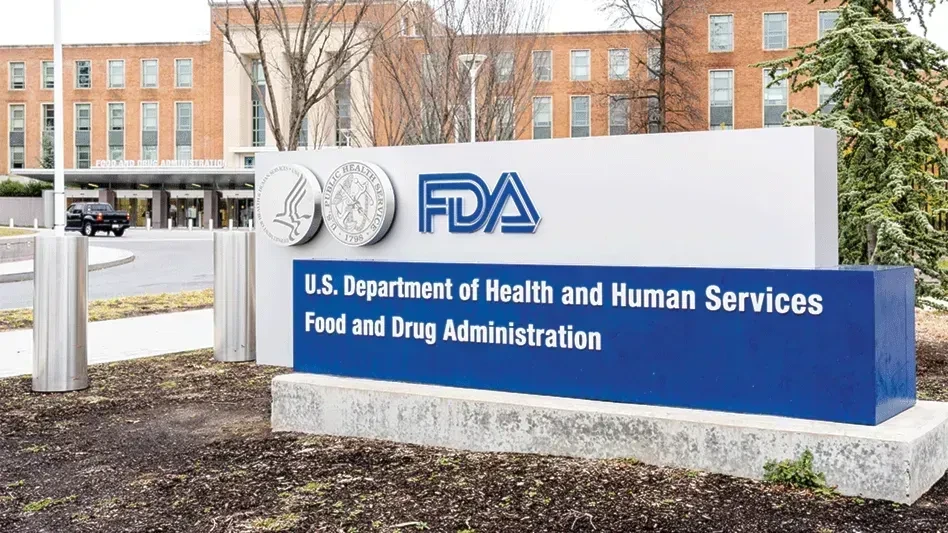QA on the Road: IAFP Hosts 1,800 at 95th Annual Meeting
COLUMBUS, Ohio — The 95th annual meeting of the International Association for Food Protection hosted more than 1,800 attendees from 35 countries in Columbus, Ohio in August.
The assembled food safety professionals were on hand for the group’s four-day meeting, which covered topics ranging from pathogen control to globalization of testing standards to best practices for the industry.
Dr. Russel S. Flowers, chairman and chief scientific officer of the Silliker Group, opened the meeting with the Ivan Parkin Lecture. He spoke of the necessity for high-quality microbiological testing, especially in an industry that is expanding further across national borders.
Flowers said that it is important for companies to test consistently and accurately, and incorporate enough tests to make their results statistically significant.
“I make my living doing testing, and I’m telling you it really isn’t very good if you get down really, really low,” Flowers said.
Also at the opening session, Fellow Awards were presented to:
- Warren S. Clark
- P. Michael Davidon
- Gloria Swick-Brown
And Student Travel Scholarship Awards were presented to:
- Ji-Yeon Hyeon, Konkuk University, Seoul, South Korea
- Hudaa Neetoo, University of Delaware, Newark, Del.
- Rolf Erik Nilsson, University of Tasmania, Australia
- Christopher Nnadozie Njoku, Linkoping University, Sweden
- M. Elizabeth Palmer, Cornell University, Ithaca, N.Y.
- Akafete Teklyu Fite, Addis Ababa University, Ethiopia
Next year’s meeting takes place July 12-15 in Grapevine, Texas. Visit www.foodprotection.org for more information.
Grain Moisture Tests May Divert Mold, Insect Infestation
MANHATTAN, Kan. — Grain storage bins are routinely monitored for temperature to control insect and mold problems. Now an Agricultural Research Service (ARS) scientist and his colleagues at Kansas State University (KSU) have preliminary research findings showing that monitoring carbon dioxide — along with humidity and temperature — also may help detect problems more effectively.
Grain moisture content and temperature are the primary factors affecting grain deterioration in storage. If these factors are not properly controlled, grain quality can deteriorate quickly due to mold and insects.
ARS engineer Paul Armstrong at the agency’s Grain and Marketing and Production Research Center in Manhattan, Kan., and Haidee Gonzales and Ronaldo Maghirang at KSU monitored a simulated grain storage bin during aeration to determine if high-moisture grain, or adverse storage conditions, in the bin top could be detected using sensors to measure relative humidity, temperature and carbon dioxide levels.
Relative humidity and temperature can be used to estimate grain moisture, while carbon dioxide levels indicate the amount of respiration due, primarily, to molds.
In the study, sensors were placed at different depths in the bin. High-moisture grain — about 11 percent of the volume — was placed at the top of the bin and produced high amounts of carbon dioxide.
Lowering grain temperature with aeration diminished the amount of carbon dioxide produced, making it more difficult to detect unless the carbon dioxide sensor was located very close to the wet grain.
Relative humidity and temperature sensing gave good estimates of grain moisture for all conditions, but under some grain conditions, high carbon dioxide levels persisted for grain considered to be at safe moisture and temperature conditions. Combining relative humidity, temperature and carbon dioxide measurements gave reasonably accurate measurements of grain moisture content as well as overall storage conditions.
Scientists ID Key Beetle Gene
WASHINGTON — Tracking the red flour beetle in grain storage facilities could become easier, thanks to research to identify a key gene in this grain-feeding pest.
Researchers with the Agricultural Research Service (ARS), Purdue University, the Human Genome Sequencing Center at Baylor College of Medicine, Kansas State University and Exelixis in South San Francisco have determined the genetic code of the so-called “selfish” gene in the red flour beetle (Tribolium castaneum).
This genetic information may offer a potential tracking tool for facilities where grain is stored. Operators could use the information to determine whether beetles are local or from a distant location — and even to develop a plan to control infestations.
ARS entomologist Richard Beeman and molecular biologist Marcé D. Lorenzen at the agency’s Grain Marketing and Production Research Center in Manhattan, Kan., deciphered the genetic code of the “selfish” gene. The research was reported in the Proceedings of the National Academy of Sciences.
The selfish gene is important because red flour beetles that don’t inherit it from their mother don’t survive. It is called the selfish gene because, whether beneficial or deleterious, it ensures its own perpetuation through the population. These genes are widespread in natural populations of red flour beetles, but are otherwise unknown in the invertebrate world.
Beeman said the discovery could provide a useful vehicle for driving desirable genes into populations.
QA Professionals on the Move
David Baker has joined Steton as director of food industry solutions.
AsureQuality, a provider of food safety and biosecurity assurance services, has appointed Alan Bird as its chief financial officer.
Multivac appointed Dan Mack product manager of Formshrink and VSP applications.
Food Safety Net Services (FSNS) has hired Keith Belk as director of scientific affairs.
Cynthia Stewart has joined the Silliker Food Science Center as general manager.
Mike Chaudron has been named director of business development for NSF International.
United Fresh Releases Tomato Food Safety Guidance Document
WASHINGTON — United Fresh Produce Association (United Fresh) and the North American Tomato Trade Work Group (NATTWG) have published the second edition of the Commodity Specific Food Safety Guidelines for the Fresh Tomatoes Supply Chain for use throughout the fresh tomato industry.
This document provides food safety guidance related to water, workers and soil factors, and it includes components for all companies along the supply chain.
United Fresh and NATTWG initiated the year-long effort to revise the first edition guidance document in order to incorporate new scientific knowledge and to include the perspectives of a broader scope of contributors.
During the past 12 months, more than 40 scientists and industry experts from academia, government and the fresh tomato industry have reviewed the latest food safety research findings and industry practices in order to revise the first edition of the guidance document, which was published in 2006 by NATTWG.
“Significant efforts were made to involve as many associations, agencies, companies and individuals with expertise in food safety practices for one or more steps in the fresh tomato supply chain as possible,” said Dr. David Gombas, senior vice president of food safety and technology at United Fresh. “We wanted everyone’s input on this so we could be as thorough as possible.”
“In the two years since the first document, we’ve learned more about potential risks and control measures at all points in the fresh tomato supply chain,” said Reggie Brown, chairman of NATTWG. “The second edition of the guidelines represents current understanding of conditions and controls that should be considered by every company in the tomato supply chain.”
NATTWG is a consortium of fresh field and greenhouse tomato organizations in the United States, Canada and Mexico.
The California Tomato Farmers and Florida Tomato Exchange have said they support the new publication as the basis for mandatory national food safety standards for the fresh tomato industry.
2009 Food Safety Summit Names Executive Educational Advisory Committee to Develop Solutions-Oriented Program
DEERFIELD, Ill. — A new Executive Educational Advisory Committee (EEAC) has been named to develop a solutions-oriented educational platform for the 11th annual Food Safety Summit.
The summit will be April 27-29 at the Washington, D.C., Convention Center.
“We are pleased to announce our brand new Executive Educational Advisory Committee, who will help us reach our goal of keeping the Food Safety Summit conference fresh, vibrant and focused on specific industry issues, all within the context of a global food supply,” said Scott Wolters, CEM, director of tradeshows and conferences for BNP Media, producers of the event. “The mission of the EEAC is to develop a meaningful educational platform for food industry professionals with an emphasis on solutions, not just statements of situations.”
The following industry executives will serve on the EEAC:
- Tim Haley, senior manager for food safety and regulatory compliance, Bush Brothers & Company; Knoxville, Tenn.
- Alan Plassche, co-founder, BP Partners; New Canaan, Conn.
- Mike Robach, vice president corporate food safety and regulatory affairs, Cargill; Minneapolis
- Caroline Smith de Waal, director, food safety program, Center for Science in the Public Interest; Washington, D.C.
- Will Daniels, vice president, quality, food safety and organic integrity quality, Earthbound Farm; San Juan Bautista, Calif.
- Dr. Marion Aller, director, division of food safety, Florida Department of Agriculture & Consumer Services; Tallahassee, Fla.
- Donald Zink, U.S. Department of Health and Human Services, Food and Drug Administration/CFSAN; College Park, Md.
- Gary Ades, president, G&L Consulting Group; Bentonville, Ark.
- Thomas A. Packer, partner, Gordon & Rees; San Francisco
- Craig Henry, senior vice president and chief operating officer, scientific and regulatory affairs, Grocery Manufacturers Association; Washington, D.C.
- Sharon Wood, director of food safety, H-E-B; San Antonio
- David Theno, senior vice president, chief product safety officer, Jack in the Box; San Diego
- John Spink, director, Packaging for Food and Product Protection Initiative, and instructor, National Food Safety & Toxicology Center, Michigan State University; Okemos, Mich.
- Richard Linton, professor of food safety, Department of Food Science, Purdue University; West Lafayette, Ind.
- Scott Brooks, director of quality assurance, Yum! Brands; Louisville, Ky.
Silliker Food Science Center Launches New Microbial Identification Program
HOMEWOOD, Ill. — Elusive or hard-to-identify microorganisms are a leading cause of product spoilage and contamination in the food industry. Through its new Microbial Identification Program, the Silliker Food Science Center can provide companies with accurate and reliable source tracking services through gene sequencing and molecular subtyping by rep-PCR.
Gene sequencing analyzes the ribosomal RNA-encoding genes of microorganisms. Used for the identification of bacteria, yeasts and molds, gene sequencing eliminates the need for subjective interpretations that are common in many conventional methods.
To identify isolates to their closest genetic relative, the Food Science Center employs a database containing more than 1,700 known bacteria and 1,000 fungi.
For bacterial isolates, including Salmonella, Escherichia and Listeria, rep-PCR is a reliable tool for strain differentiation and comparison.
This DNA-based method uses repetitive-element PCR to “fingerprint” genetic sequences of samples. Increasingly, food plants are turning to this cutting-edge technology to identify, track, and control contaminants in the processing environment.
“From faster turnaround to improved accuracy, our ID services offer companies a wealth of advantages,” said Silliker FSC Molecular Biologist Sarita Raengpradub. “In our time-crunched business world, this translates into heightened product confidence.”
FSNS Earns BRC Audit Approval
SAN ANTONIO — Food Safety Net Services (FSNS) recently received approval through ISACert, an international auditing and certification organization, to be a certified British Retail Consortium (BRC) auditing body.
The BRC Global Standard for Food Safety, developed by retailers, was the first standard in the world to be approved by the Global Food Safety Initiative (GSFI) benchmarking committee.
The BRC Global Standards are used internationally among suppliers and retail organizations in order to standardize product quality and safety guidelines.
Correction
In the July/August issue of QA, incorrect images for fruit flies were included in “Phorid, Fruit or Drain: Why Does it Matter?” and the Best Practices column. The images were of tephritid flies, which commonly infest agricultural products. The images should have been of drosophilid flies, which also are known as vinegar, pomace or small fruit flies. QA regrets this error.

Explore the October 2008 Issue
Check out more from this issue and find your next story to read.
Latest from Quality Assurance & Food Safety
- Ferrero Group Invests $445 Million in Ontario Production Facility
- Nelson-Jameson Announces Grand Opening for Pennsylvania Distribution Center
- Taylor Farms Linked to Romaine E. coli Outbreak as Marler Clark Files Multiple Lawsuits Against Supplier
- IAFNS Announces Winners of Emerging Leader Awards for Food Safety, Nutrition
- FDA Shares Testing Results for PFAS in Bottled Water
- Provision Analytics Adds Food Safety Expert Jennifer Williams to Strategic Advisory Group
- Boston Sword & Tuna Protects Seafood Safety with Mettler-Toledo Metal Detectors
- IFT Releases New Resources to Aid Food and Beverage Industry in Sugar Reduction





